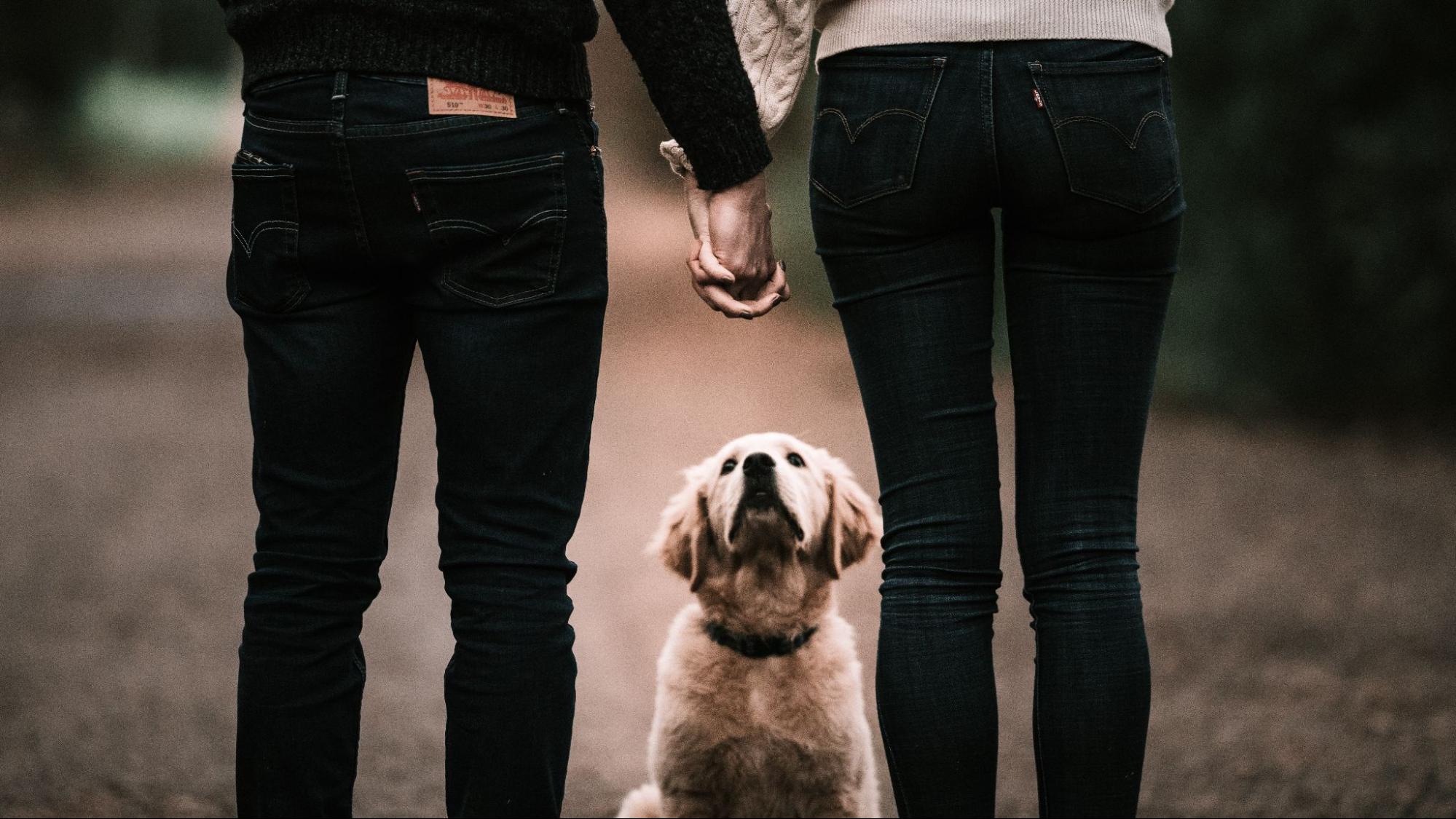How Do I Get my Dog to Calm Down
Are you struggling to calm down your anxious Labrador? It can be tough when your furry friend is feeling stressed or overwhelmed. But don’t worry, I’m here to help! In this article, I’ll share some effective strategies and techniques to help you get your dog to calm down.
Firstly, it’s important to understand that every dog is unique and may respond differently to various calming methods. One technique that often works well is exercise. Regular physical activity can help release pent-up energy and reduce anxiety in dogs. Take your Labrador for daily walks or engage them in play sessions to tire them out mentally and physically.
Another helpful approach is providing a safe and cozy space for your dog. Create a designated area where they can retreat when they feel anxious. This could be a crate, a comfortable bed, or a quiet corner of the house. Make sure this space is filled with familiar scents and objects that bring comfort to your furry companion.
Understanding Anxiety in Labrador Retrievers
Labrador Retrievers are known for their friendly and outgoing nature, but just like humans, they can also experience anxiety. It’s important for dog owners to recognize the signs of anxiety in their Labradors and understand how to help them calm down. In this section, we’ll delve into the topic of anxiety in Labrador Retrievers and provide insights on how to address it.
- Recognizing Anxiety Symptoms:
Anxiety in Labradors can manifest itself in various ways. Some common signs include excessive barking, pacing, trembling, panting, destructive behavior, restlessness, or even aggression. Keep an eye out for these behaviors as they may indicate that your Labrador is feeling anxious.
- Causes of Anxiety:
There can be several underlying factors contributing to anxiety in Labradors. Some dogs may have genetic predispositions to anxiety, while others may develop it due to traumatic experiences or lack of socialization during their early years. Changes in environment or routine, separation from their owners, loud noises (such as thunderstorms or fireworks), or even medical conditions can also trigger anxiety.
- Creating a Calm Environment:
To help your anxious Labrador calm down, it’s crucial to create a soothing and secure environment for them. Here are some tips:
- Provide a safe space: Set up a designated area where your dog feels comfortable and secure. This could be a crate with soft bedding or a quiet corner of the house.
- Reduce noise levels: Minimize exposure to loud sounds by closing windows or using white noise machines.
- Establish routines: Dogs thrive on predictability; maintaining consistent daily routines can help alleviate anxiety.
- Use calming aids: Consider using products such as pheromone diffusers or calming music specifically designed for pets.
- Exercise and Mental Stimulation:
A tired dog is often a calmer dog! Regular exercise not only helps burn off excess energy but also promotes mental well-being. Engage your Labrador in activities like daily walks, interactive play sessions, or puzzle toys to keep their mind occupied and reduce anxiety.
- Training Techniques:
Positive reinforcement training methods can be effective in managing anxiety in Labradors. Rewarding calm behavior and teaching them basic commands like “sit” or “stay” can help redirect their focus and build confidence. Consult with a professional dog trainer if necessary to develop a tailored training plan for your anxious Labrador.

Identifying Triggers and Stressors
When it comes to calming an anxious Labrador, one of the first steps is to identify the triggers and stressors that may be causing their anxiety. Every dog is unique, so it’s important to pay attention to your specific Labrador’s behavior and reactions in different situations. Here are some tips on how to identify these triggers:
- Observe their body language: Dogs communicate through their body language, and by paying close attention, you can pick up on signs of stress or anxiety. Look for behaviors such as pacing, panting excessively, trembling, drooling, or cowering. These can indicate that your Labrador is feeling uneasy.
- Note environmental factors: Take note of the environment when your Labrador shows signs of anxiety. Are there loud noises like thunderstorms or fireworks? Is there a particular area in your home where they seem more anxious? Identifying specific environmental triggers can help you take steps to mitigate them.
- Pay attention to social interactions: Dogs are social animals and certain interactions with other dogs or humans can cause anxiety for some Labradors. If you notice that your dog becomes tense or fearful around certain individuals or during specific social situations, make a note of it.
- Keep track of daily routines: Changes in routine can often trigger anxiety in dogs. Pay attention if your Labrador becomes anxious before mealtime or when you’re about to leave the house. Keeping a log of these patterns will help you pinpoint potential triggers.
- Consult with a professional: If you’re having difficulty identifying the triggers or stressors on your own, consider seeking guidance from a professional dog trainer or animal behaviorist who specializes in anxiety-related issues in dogs. They can provide valuable insights and assist you in developing a tailored plan for managing your Labrador’s anxiety.